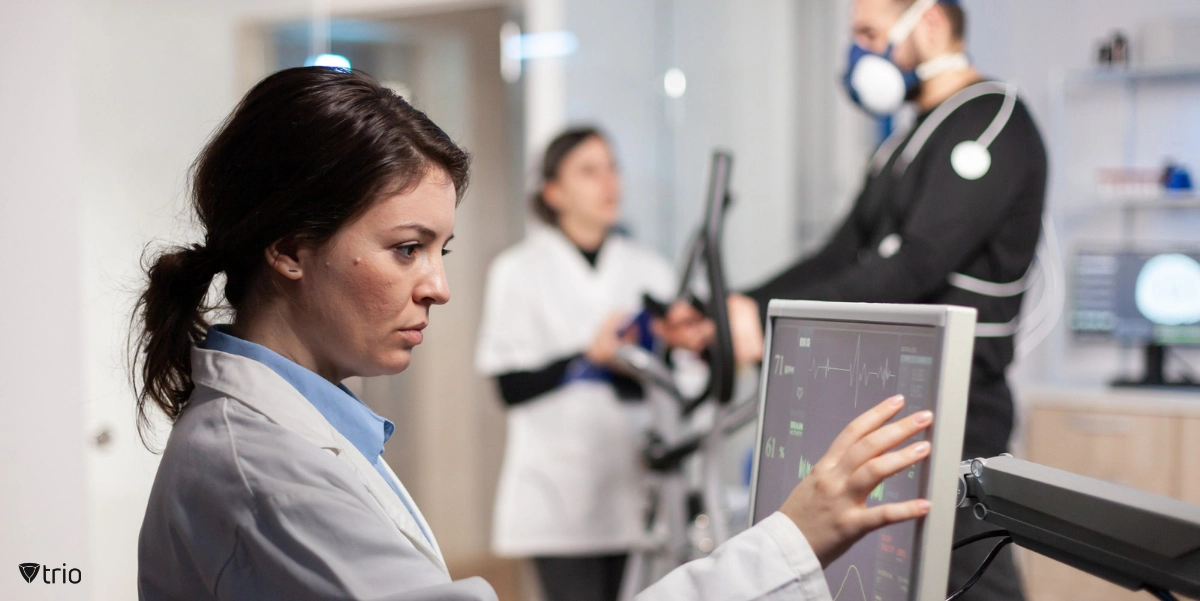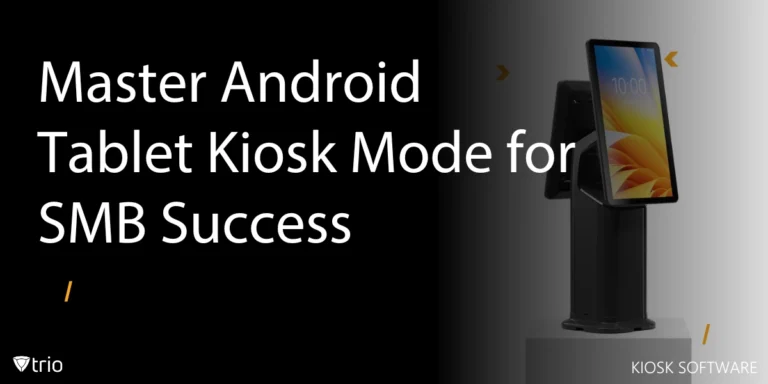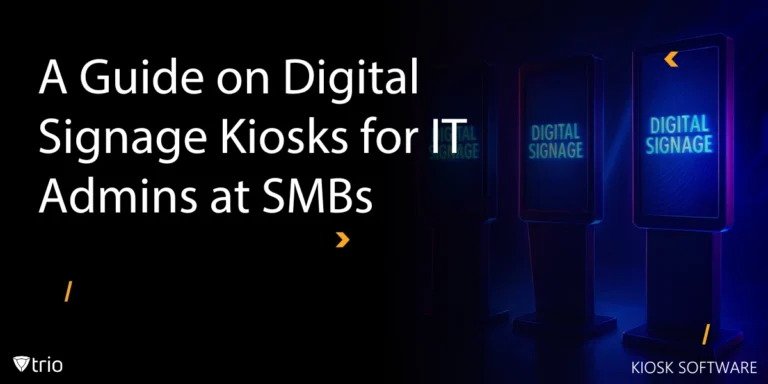Effective training on medical devices is essential for healthcare professionals to ensure patient safety and the optimal functioning of medical equipment. With the complexity of modern medical devices, inadequate training can lead to significant errors and adverse events. In this blog, we explore five strategies to reduce errors in medical device training, emphasizing the importance of comprehensive education and the role of Mobile Device Management (MDM) solutions.
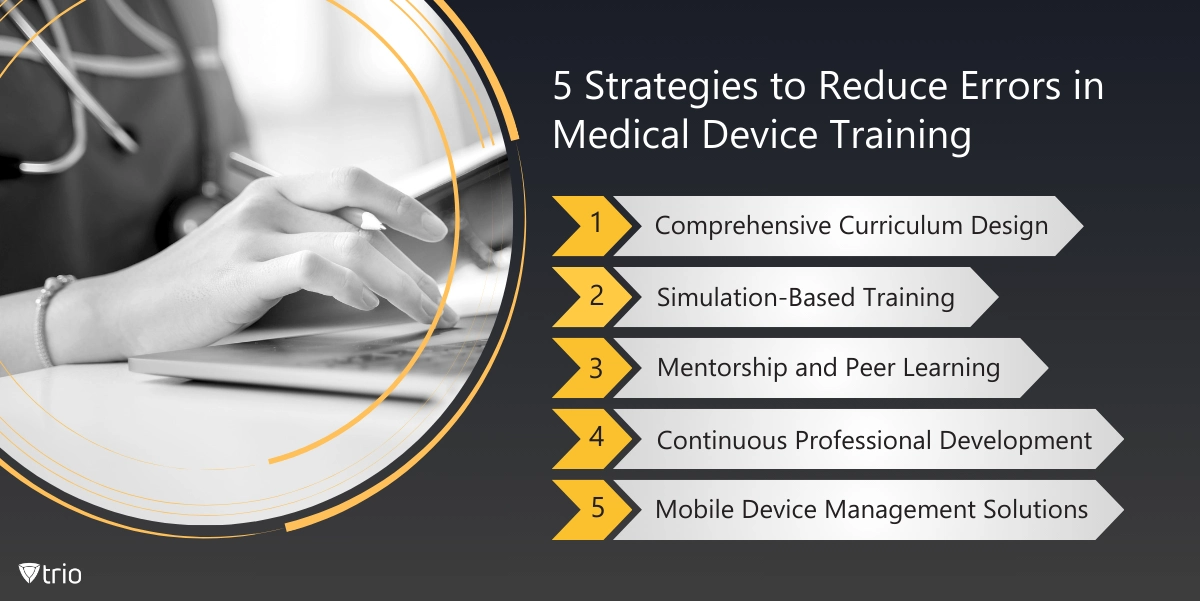
-
Comprehensive Curriculum Design
A well-structured and comprehensive curriculum is the cornerstone of effective medical device training. This involves developing detailed training modules that cover all aspects of medical equipment training, from basic operation to troubleshooting and maintenance. The curriculum should be designed to cater to different learning styles, incorporating visual, auditory, and hands-on learning opportunities. Detailed manuals, instructional videos, and interactive simulations can help trainees understand the intricacies of the device more thoroughly.
In addition, the curriculum should be continuously updated to reflect the latest technological advancements and regulatory changes such as including medical device risk management training. This ensures that trainees are always learning the most current and relevant information. Feedback from trainees should also be incorporated to identify gaps in knowledge and areas where additional training might be necessary. By maintaining a dynamic and responsive curriculum, organizations can better prepare their staff for real-world scenarios.
Assessment is another critical component of a comprehensive curriculum. Regular evaluations, both formative and summative, help ensure that trainees have absorbed the necessary information and can apply it effectively. Practical exams, scenario-based assessments, and peer reviews are valuable tools for gauging competency in different ares such as medical device compliance training. These assessments not only reinforce learning but also highlight areas where further training might be needed, reducing the likelihood of errors.
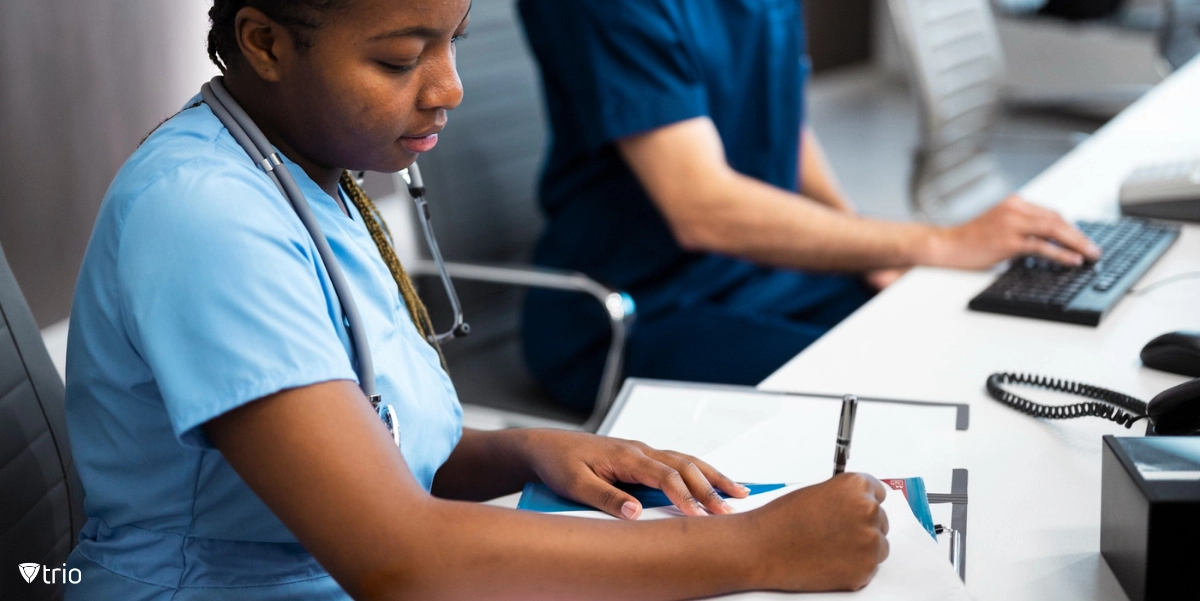
-
Simulation-Based Training
Studies have shown that simulation-based training is an effective strategy for reducing errors in medical device training. By creating realistic, controlled environments, trainees can practice using medical devices without the risk of causing harm. High-fidelity simulations that mimic real-life scenarios allow trainees to gain hands-on experience and develop their skills in a safe setting. This type of training is particularly beneficial for complex devices that require precise operation.
Simulations can range from simple models to sophisticated virtual reality environments that provide immersive experiences. These tools enable trainees to repeatedly practice procedures and learn from their mistakes without real-world consequences. For example, a trainee might practice inserting a catheter in a simulation, learning to avoid common pitfalls and understanding the nuances of the procedure. This repetitive practice helps to build muscle memory and confidence.
Moreover, simulation-based training can be tailored to address specific challenges and rare but critical scenarios that may not occur frequently in clinical practice. This prepares trainees for a wide range of situations, enhancing their problem-solving abilities and ensuring they are well-equipped to handle unexpected events. The feedback provided during simulations is immediate and detailed, allowing for quick correction and improvement, further reducing the likelihood of errors in actual practice.
-
Mentorship and Peer Learning
Mentorship and peer learning are invaluable strategies in medical device training. Experienced professionals can provide guidance, share insights, and offer practical tips that are not always covered in formal training programs. By pairing new trainees with seasoned mentors, organizations can facilitate knowledge transfer and ensure that best practices are passed down. This hands-on guidance helps trainees build confidence and competence more quickly.
Mentorship programs should be structured to include regular check-ins, goal setting, and progress evaluations. This structured approach ensures that the mentorship relationship is productive and focused on the trainee’s development. Additionally, mentors can provide real-time feedback during device operation, helping trainees to correct mistakes immediately and understand the rationale behind best practices. This immediate feedback loop is crucial for reinforcing correct procedures and reducing errors.
Peer learning also plays a significant role in reducing errors. Encouraging collaboration and discussion among trainees fosters a supportive learning environment where individuals can share experiences and solutions to common problems. Group training sessions, workshops, and study groups can facilitate this type of learning. By learning from each other's mistakes and successes, trainees can gain a broader perspective and develop a deeper understanding of medical device use.
-
Continuous Professional Development
Continuous professional development (CPD) is essential for maintaining high standards of medical device proficiency. Technology and medical practices evolve rapidly, making it crucial for healthcare professionals to stay updated with the latest advancements. CPD programs ensure that practitioners continually refine their skills and knowledge, reducing the likelihood of errors due to outdated information or techniques.
CPD can include a variety of activities such as attending workshops, conferences, webinars, and advanced courses. These activities provide opportunities for learning about new devices, updates to existing devices, and evolving best practices. Engaging with a professional community through CPD also allows practitioners to stay informed about regulatory changes and innovations in the field, which can directly impact device usage and patient safety.
In addition to formal education, CPD should encourage self-directed learning and critical thinking. Professionals should be motivated to seek out new information, engage in reflective practice, and apply new knowledge to their work. Organizations can support CPD by providing access to educational resources, time for learning activities, and recognition of achievements. By fostering a culture of lifelong learning, healthcare organizations can ensure that their staff remain competent and confident in their use of medical devices.
-
Mobile Device Management Solutions
Implementing Mobile Device Management (MDM) solutions is a modern and effective strategy for reducing errors in medical device training. Medical device management solutions enable healthcare organizations to manage and control mobile devices used in training, ensuring that all devices are up-to-date, secure, and equipped with the necessary training materials. This centralized management system helps maintain consistency and reliability in training resources. It also necessitates the need for other kinds of training such as medical device cybersecurity training.
MDM solutions allow for the seamless distribution of training content, such as instructional videos, manuals, and interactive modules, directly to the trainees' mobile devices. This ensures that all trainees have access to the most current and relevant information at their fingertips. Moreover, updates to training materials can be pushed out instantly, keeping everyone on the same page and minimizing the risk of outdated practices being used.
Additionally, MDM solutions enhance security and compliance by controlling access to sensitive information and ensuring that devices are used appropriately. They can track usage patterns, monitor compliance with training protocols, and provide analytics to identify areas where trainees may be struggling. This data-driven approach allows for targeted interventions and personalized training plans, further reducing the risk of errors. By leveraging MDM solutions, healthcare organizations can create a more efficient, secure, and effective training environment.
Start improving your medical device training today with a free trial of our MDM solutions. Click here to get started!
Conclusion
In conclusion, reducing errors in medical device training is crucial for enhancing patient care and safety. By implementing comprehensive curriculum design, simulation-based training, mentorship programs, continuous professional development, and leveraging Mobile Device Management solutions, healthcare organizations can significantly improve the proficiency of their staff. These strategies not only minimize the risk of errors but also ensure that healthcare professionals are equipped to handle the demands of modern medical technology effectively.
Get Ahead of the Curve
Every organization today needs a solution to automate time-consuming tasks and strengthen security.
Without the right tools, manual processes drain resources and leave gaps in protection. Trio MDM is designed to solve this problem, automating key tasks, boosting security, and ensuring compliance with ease.
Don't let inefficiencies hold you back. Learn how Trio MDM can revolutionize your IT operations or request a free trial today!
